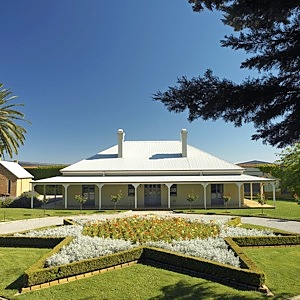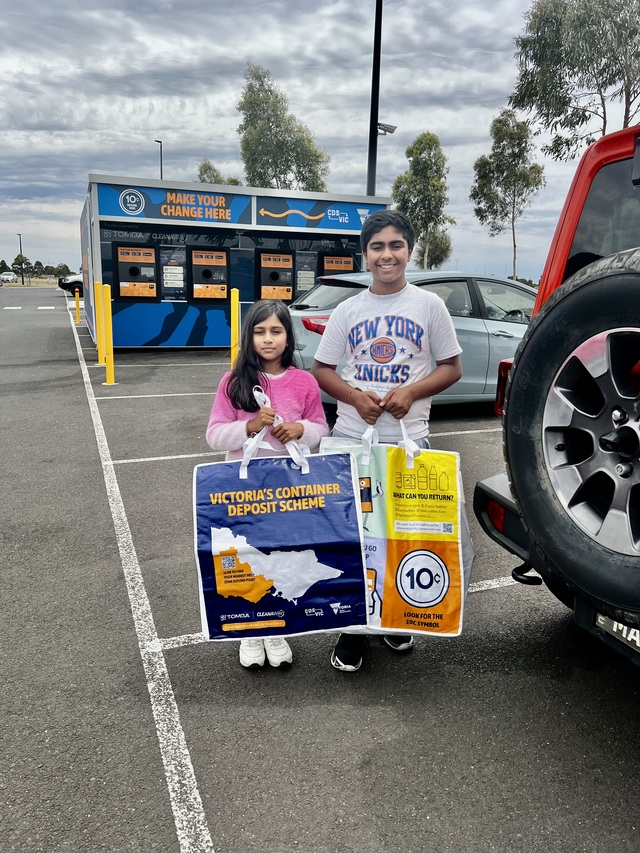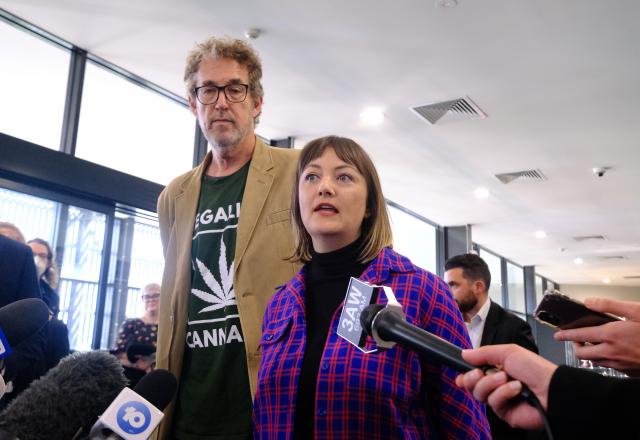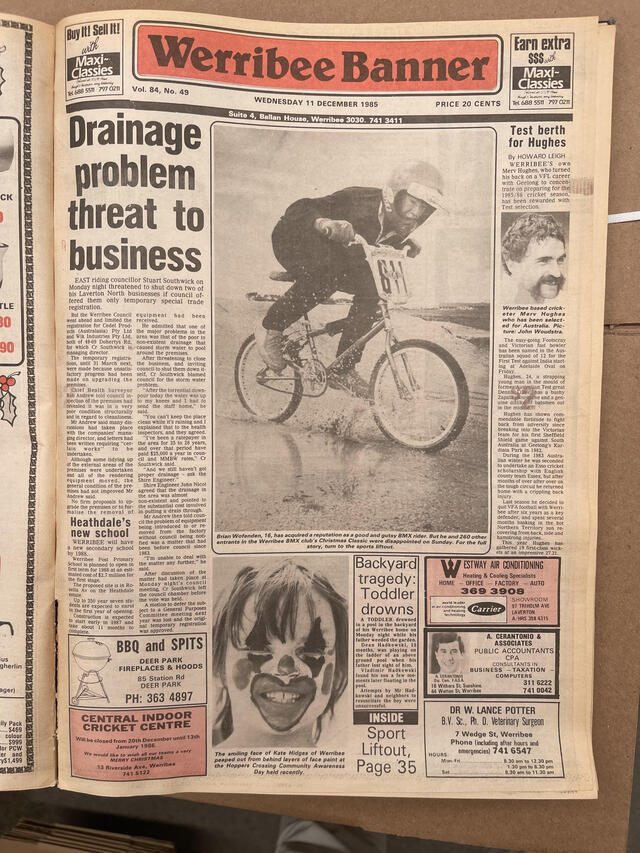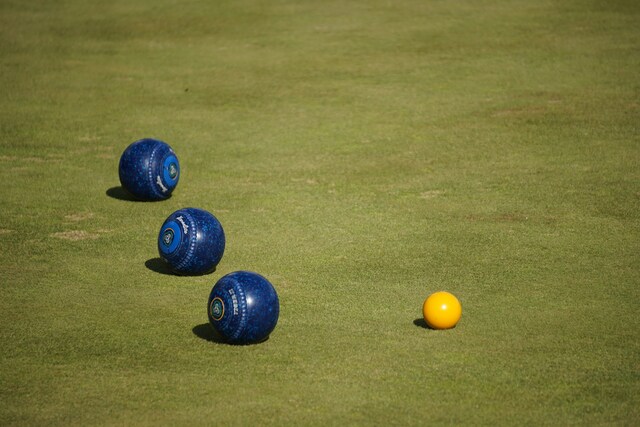By Ben Thomas
We’re so lucky to have three world-class wine regions within an hour of our doorsteps. Spend a day in the cellar doors of Geelong, the Yarra Valley or the Mornington Peninsula and you can learn more about pinot noir, chardonnay or any number of grape varieties, and the land on which they’re grown, than in six months of opening bottles at home.
There has been a change to the cellar door experience in the past year. Many have recognised that a flashy cellar door with a few open bottles or a good restaurant is not enough to tell the story behind the wines.
It’s nice to tell people about the wines you try or recommend a good place to eat, but it’s the “did you know” information that we really want to share with friends and colleagues after a trip to wine country.
To tell a story that sticks in the memory, an experience is required.
A few wineries have cottoned on to this and take keen tasters down to the winery to taste straight from barrels, or offer older bottles – known as museum wines – to try to give an idea about how the current releases might look with a little age. Ask nicely and they might even sell you a bottle.
Others, such as the fabulous tasting room at Brown Brothers in Milawa, offer exclusive cellar door-only wines to try and buy.
Friends have raved about Sunday School at Domaine Chandon in the Yarra Valley. It’s a 2½-hour tasting experience that takes a small group through all the steps of sparkling wine production – from winemaking to blending, to ageing and disgorgement – plus formal tasting techniques and food matching.
“We start by going through the history of Chandon, our vineyards and back to Champagne, then it’s on to professional wine-tasting techniques so everyone is tasting the same way,” says Jane Gordon, Domaine Chandon’s wine ambassador and Sunday School “teacher”.
“We move on to sparkling wine production and try some base wines [before the bubbles], a chardonnay for example, before tasting a blanc de blancs. They see how it begins and the evolution of the wine from being a base wine to its release around 3½ years later.
“Unless you’re working at a winery, you never get to try base wines. You never get to see how sparkling wine starts off. The wine at the beginning is so different to what it ends up as – it’s a real journey,” Gordon says. “People find the base wines fascinating.”
Domaine Chandon’s non-vintage brut has up to 48 base wines, or vins clairs in French, in the final blend. Each wine contributes to its complexity with flavour, texture or acidity.
“After two hours’ tasting in the old homestead, we go down into the winery – it’s the only time the public has access to the winery,” Gordon says. “We open the barrels and people can smell the oak. We have pinot noir and shiraz fermenting and bubbling away.” She says Sunday School aims to make a hands-on experience more than just a memory for students. Along with the structured tasting element, there’s a session on food and wine-matching principles, with four canapés matched to wines throughout the session.
“We finish up in the Riddling Hall, which contains 72,000 bottles of maturing sparkling, with a dish to match pinot noir.”
I’m booked in for a weekend. Maybe I’ll see you there.
»
www.chandon.com.au

